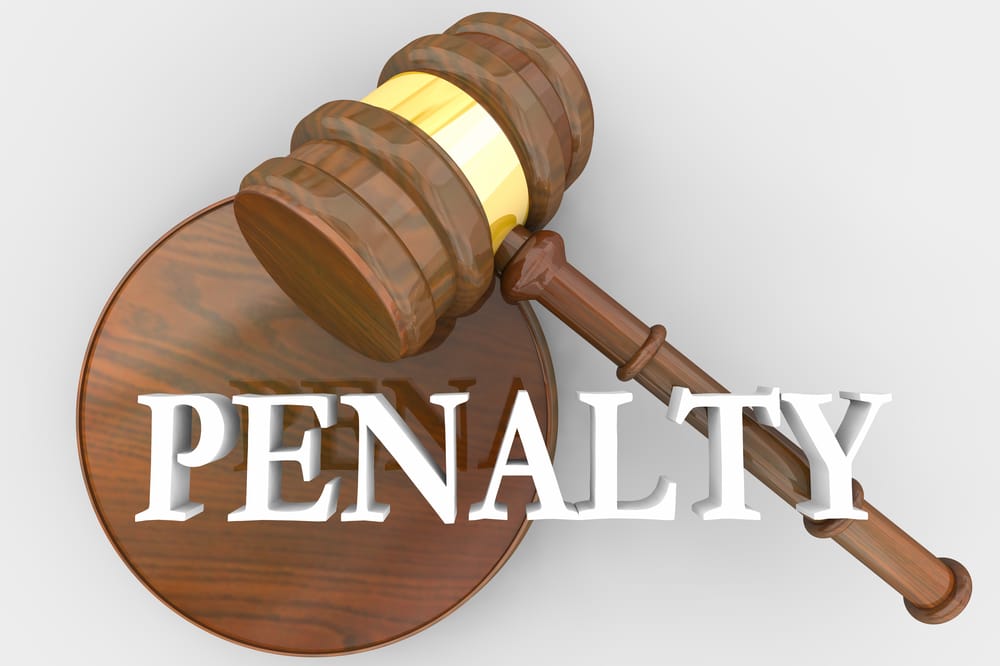In part I of our summer series, we defined what a Google penalty is and spoke about how they are likened to quicksand only with manageable ways to maneuver out.
Last month’s article referenced two types of penalties on the Manual Actions page:
- Sitewide matches
- Partial matches
Google Penalties and Filters: What’s the difference?
Some sites are algorithmically suppressed on purpose by Google. The Panda algorithm can act like a filter, automatically deeming a site low quality and holding it down thereby making it very hard for the site to rank.
In the past, periodic run-throughs were performed using Panda and Penguin algorithmic filters. If it was deemed that a site had issues, it was tagged with an “invisible” flag which would cause it to be suppressed. Currently, Penguin no longer suppresses sites, but that is not to say it won’t change in the future.
It is almost certain that there are other “invisible” filters running currently. A good example would be if a site is offering medical information such as advice and opinions, but you don’t have solid expertise, authoritativeness or trustworthy sources (E-A-T), Google may apply a filter to cause a demotion to your site’s ranking. No one needs to read much believe medical information from people that are not licensed or who are running fake pages on the internet. There are hundreds of other example such as this and that is why Google runs these filters.
To Recover from a Filter or Penalty, You Must Know if You Have One
In part I of this summer series, we showed you how to find your Global Search Console (GSC) for manual action penalties. This will show you if you indeed have those types of penalties. For algorithmic filters/penalties, your search must be a bit more sophisticated.
Once you are negatively impacted by an algorithmic filter, you can only determine this by looking at the Google organic traffic to see if you have a drop that coincides with a known or suspected Google algorithm update. This does not totally guarantee the update caused your drop because these filters are hard to diagnose. There are some tools such as the Panguin tool that can help identify with graphs of organic search traffic whether your decline is a coincidence or not.
If you find you were penalized by Google, it is time to get your house in order. You better ensure the next time the “invisible” algorithmic filters are applied your site is in tip-top shape. It’s not enough to have a mediocre site and throw a bunch of links to it thinking that will make it rank well. Google is now smart enough to recognize whether links are truly earned and if content is quality that people want to recommend. If your content is not high-quality, compelling, relevant, well-written and the type of content people want to recommend, you’re wasting time, effort and resources. It has become apparent that sites that are ranking well and performing amazingly are truly top-notch sites.
Taking More Specific Action
We’ve already discussed how to lift a penalty from your website by accessing the GSC Manual Actions message(s). “Unnatural links” to your site is the only penalty that has foundations outside your website. To restore this, you must remove those links. When you do that, you then need to send link removal requests to the websites – do not trust only disavowing these links. You need to provide Google evidence with your due diligence to clean up past link building tactics.
Ensure you document each step taken to update your website issues. It will assist you in demonstrating your efforts to address these issues when sending reconsideration request and results.
In part III of this summer series, we will discuss how to avoid Google penalties and filters altogether.

